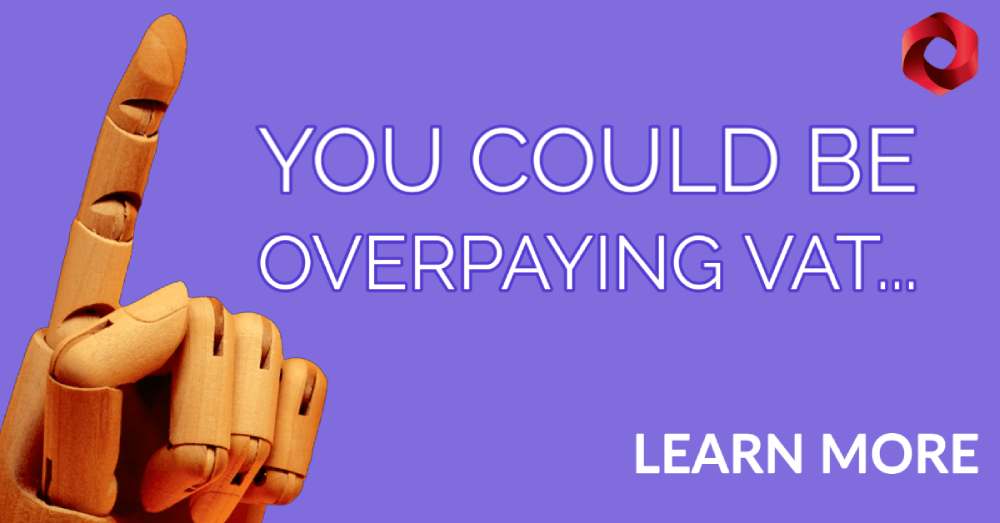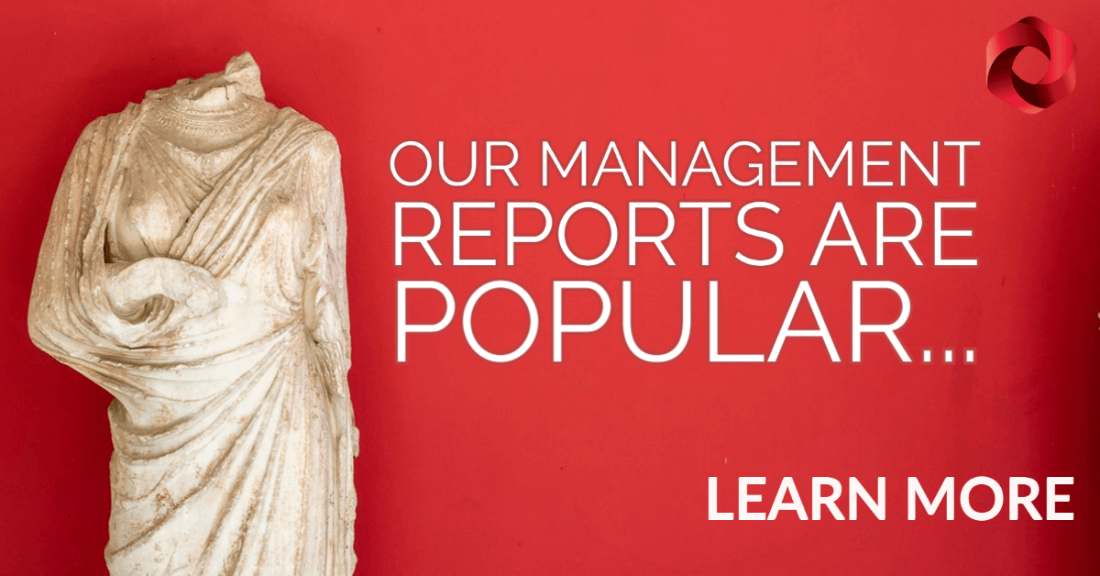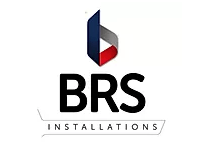R&D tax credits in the construction industry
- June 2022
- 5 minutes
R&D tax credits are government backed but, whether by complexity, length of time or the requirements to claim, are largely ignored by the construction industry. In addition to our services, we have developed an R&D calculator that can provide most construction businesses with a quick estimation of their potential gains and an indication of what they’re missing out on.
 Why are construction companies missing out on R&D?
Why are construction companies missing out on R&D?
Construction is the UK’s second largest industry in terms of GDP. However, when it comes to claiming R&D tax credits, construction ranks second from the bottom of the list. Is it truly due to a lack of innovation, or are construction companies missing out? TaxQube is a construction industry accounting firm that proactively delivers this relief to its clients.
If statistics on R&D tax credits are taken at face value, construction companies don’t ‘do’ R&D. Construction firms account for less than 3% of the overall R&D Tax Credits awarded to UK businesses every year: a figure that’s at odds with construction’s place as the UK’s second largest sector.
Ask the vast majority of construction professionals and they will say the same thing: aside from the occasional research and development project, R&D just isn’t a significant part of the industry.
 Culture and self-perception
Culture and self-perception
There is a significant amount of R&D in the sector, but the industry’s culture prevents companies from claiming it. Companies deal with technological uncertainty on a regular basis, which is a key requirement for R&D tax credits, but the perception of this activity as ‘workaday’ and ‘just part of the job’ prevents companies from identifying innovation within their business.
 Hidden R&D
Hidden R&D
As a result, the majority of the eligible R&D within the building and construction industries is hidden. While a pharmaceutical or technology company will have a dedicated budget for research and development, eligible expenditure in construction is frequently spread across a variety of different activities and departments.
We are in discussions with a number of construction firms to ensure that they do not miss out on this valuable tax break. A recent example is a company that is employing a tried-and-true construction method but must do so on a much larger scale than has previously been attempted. As a result, the company has had to consider new approaches to resolving certain issues and problems, and this activity qualifies as R&D. If we had not reviewed the various different projects which the company is working on, then this could have got missed and valuable relief not claimed.
 Communicating complicated ideas
Communicating complicated ideas
When R&D is identified, it’s often found in the most technical areas of the business. As such, communicating projects effectively to HMRC can be difficult. Technical knowledge is improving all the time in HMRC’s R&D unit, but it’s still crucial for businesses to be able to communicate what technological difficulties were encountered, and what the company did to overcome them.
 Resistance from senior personnel
Resistance from senior personnel
If a claim isn’t explained clearly, HMRC will ask further questions – a prospect that most business owners are keen to avoid. Combined with a general lack of awareness and cynicism around the process, advisors can face considerable resistance from business owners at the start of the R&D process. Overcoming that resistance is about asking the right questions. Once they see that R&D is happening in their business, and could result in a valuable tax relief, that resistance quickly turns to enthusiasm.
 R&D tax credits in the construction industry – can I benefit?
R&D tax credits in the construction industry – can I benefit?
Research and development tax credits are historically under claimed in the construction industry. However, they can have a huge financial benefit to your company if claimed correctly.
 What cash benefit does making an R&D claim generate?
What cash benefit does making an R&D claim generate?
SMEs can increase their qualifying expenditure by up to 130%. (a total deduction of 230 percent ). For profitable businesses, the relief effectively reduces the net cost of spending on R&D activities to 56p for every £1 spent (based on the current corporation tax rate of 19 percent ). Alternatively, the relief can result in cash repayments of up to 33.3 percent of the cost for expenditure incurred after April 1, 2015, even if no tax was ever paid.
 What is R&D?
What is R&D?
R&D is defined as seeking advances in science or technology through the resolution of scientific or technological uncertainty. Such projects include the improvement of existing products, processes or services, as well as devising new ones. The relief is not just for ‘white coat’ scientific research, but also applies to all innovation to solve a unique problem.
 Do we carry out R&D?
Do we carry out R&D?
Many businesses overlook R&D relief because they are unaware that they are conducting R&D, especially if they are not in the technology sector. However, we would recommend that all businesses conduct an activity review to ensure that this valuable tax relief is not lost.
Listed below are just some of the types of activities which could qualify:
- Development or adaptation of tools and materials to improve efficiency, or to adapt construction techniques to adapt to environmental or land conditions (such as construction to withstand weather conditions).
- Identification of technological improvements in the construction process or to the products and software used. This can include developing, testing and implementing systems which are technically difficult.
- Research and design, development of prototypes, commissioning, including quality testing and production of the final product/ building.
- Development of environmentally friendly methods, or sustainable technology.
- Development of sophisticated systems to meet health and safety requirements. For example, innovative scaffolding, safe working processes and automation.
- Modern Methods of Construction (MMC) and Building Information modelling (BIM).
 Will making a claim be time consuming?
Will making a claim be time consuming?
Making a claim can be a difficult and time-consuming process. This analysis, on the other hand, can be outsourced with little impact on your business. This will allow you to concentrate on running your business while still taking full advantage of this government-backed scheme.
Working in collaboration with construction industry advisers, we are able to relieve you of the time-consuming research and complex aspects of making the claim. We are, however, happy to analyse any potential claim and provide specialist advice on a case-by-case basis for companies that have previously made an R&D claim or who are able to conduct their own research.
 Do I apply as a SME or a large company?
Do I apply as a SME or a large company?
Your company is an SME for R&D tax relief purposes if:
- staff headcount is less than 500; and, either:
- turnover does not exceed €100m; or
- balance sheet total does not exceed €86m.
If a company is part of a group, the thresholds for the above will be based on the total group staff, turnover and balance sheet values.
 Is there a time limit to make claims?
Is there a time limit to make claims?
Yes – If your company has been undertaking qualifying R&D and has not yet claimed R&D relief, you may make a backdated claim—two years after the end of the accounting period.
If a company’s accounting period end is 31 December 2015, and the company has already submitted the tax return by the normal filing deadline of 31 December 2016, the company will still have until 31 December 2017 to amend the tax computation and submit the R&D claim to HMRC.
 How do I make a claim?
How do I make a claim?
Claims are made through your company’s corporation tax return, before being reviewed by a specialist unit within HMRC. To provide evidence alongside the computation, a report is submitted outlining: the scientific or technological advance sought, the scientific or technological uncertainties overcome, why the advances were not readily deductible by competent professionals and details of qualifying expenditure.
 When would I see the benefit of making the claim?
When would I see the benefit of making the claim?
The timing of the benefit of filing an R&D claim is determined by when the claim is filed and whether the company is profitable or losing money. In most cases, it can be used to offset a company’s tax liability or as a cash benefit at a later date.
If the company is profitable and submits a claim on the tax computation (e.g., 31 December 2015) within the normal filing deadline (i.e., by 31 December 2016), the R&D tax relief will be a reduction of the company’s tax liability. This will result in an immediate benefit because the company will pay less tax to HMRC on the regular tax payment due date (but will still be subject to HMRC agreement).
If the company is profitable and makes a claim on the tax computation (say 31 December 2015) but submits an amended claim after the normal filing deadline but within the amended filing deadline (i.e. by 31 December 2017), the R&D tax relief will be a reduction of the company’s tax liability, however on the basis the company previously paid tax based on the taxable profits before the R&D claim, the reduction of taxable profits will generate a repayment of tax previously paid to HMRC. The company could take up to 6 weeks to receive repayments once the claim has been submitted to HMRC (subject to any further enquiries HMRC may have).
If the company is loss making (and therefore is surrendering losses to obtain a cash repayment from HMRC), HMRC could take up to 6 weeks to process the claims (subject to any further enquiries they may have).
















